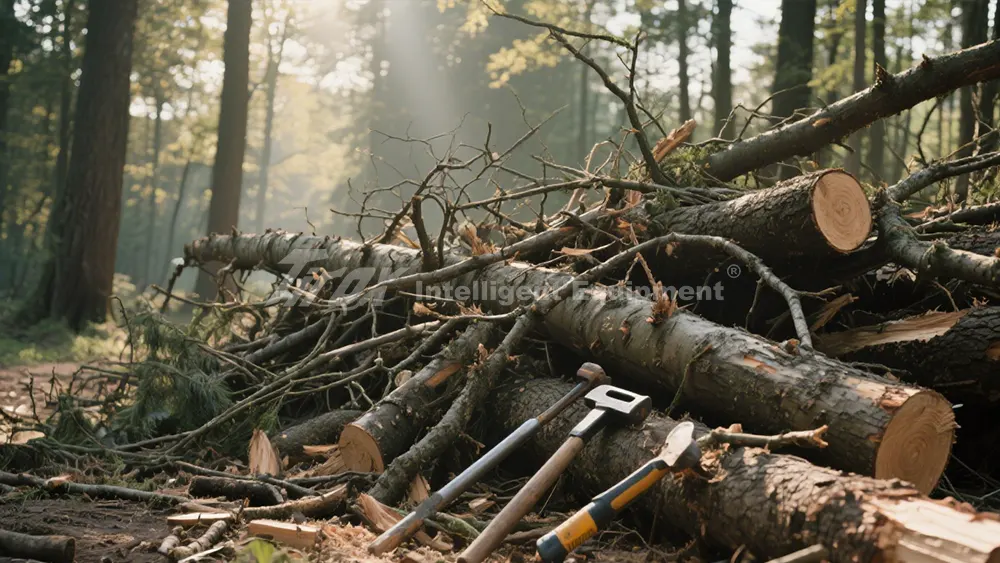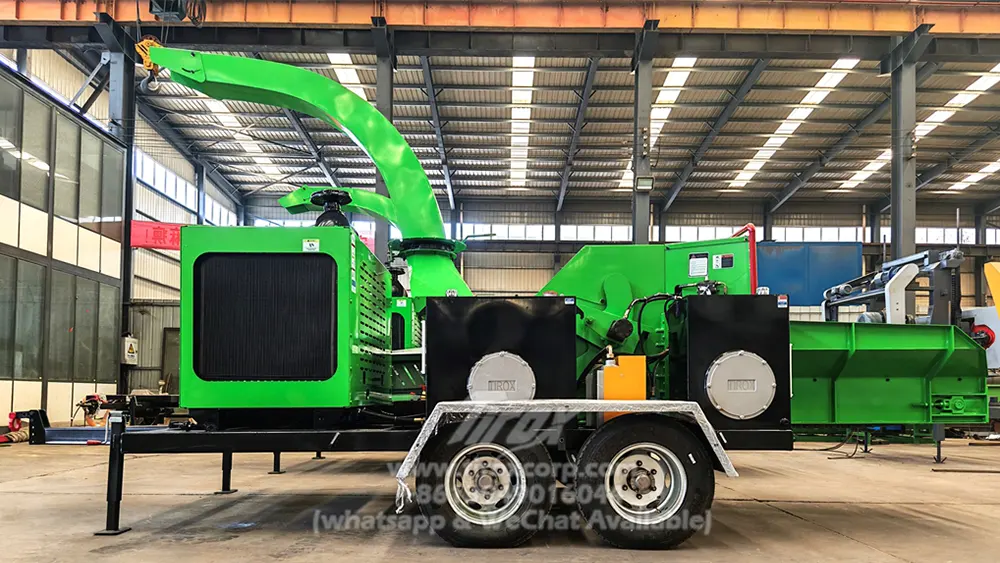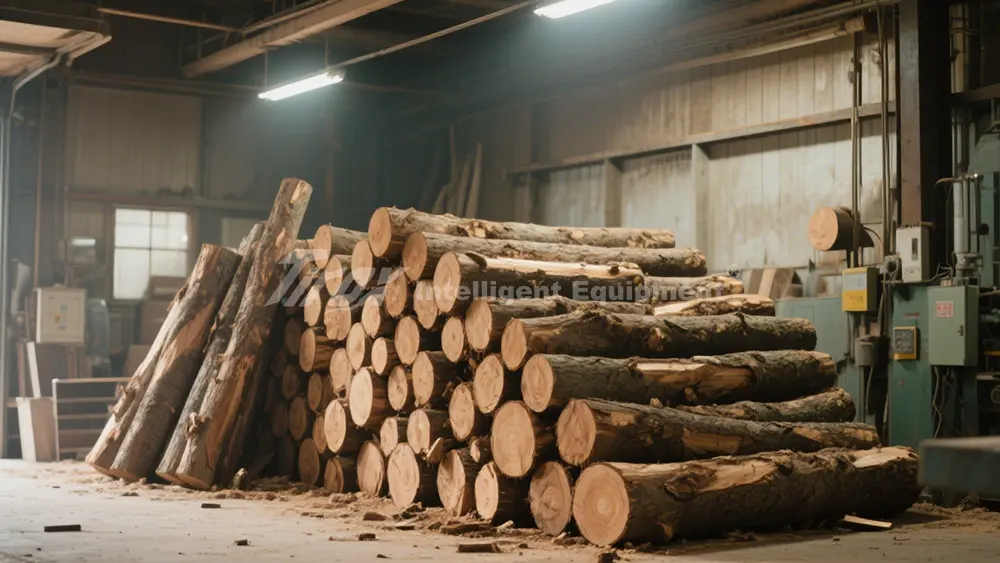Wood chippers are essential in modern industries, whether it is biomass energy production, the paper industry, or garden maintenance. A wood chipper can greatly improve work efficiency. However, choosing the right wood chipper for your needs is not easy. In this article, we will discuss the various aspects to consider when selecting a wood chipper so you can make an informed decision.
Understand Your Needs
1. Analyze the Type of Raw Materials
The first step in choosing a wood chipper is to know what type of raw materials you need to process. Different types of wood and waste materials require different chipper specifications. Hardwoods like oak and maple need more robust chippers, while softwoods like pine are easier to process. You also need to consider whether you need to handle branches, bark, or other types of wood waste. This information helps you choose the appropriate feed size and blade configuration.
2. Determine the Use of Wood Chips
The end use of the wood chips also guides your choice of equipment. For example, if you need to produce biomass fuel, you might need smaller and more uniform chips. For papermaking, higher quality and uniformity are important. Wood chips for garden mulch can be slightly larger.
Evaluate Key Parameters of Wood Chippers
1. Feed Size
Feed size is an important parameter to consider. It determines the maximum diameter of wood the chipper can handle. If your raw materials are large in diameter, you need a chipper with a larger feed size to ensure efficient processing.
2. Processing Capacity
Processing capacity refers to the amount of wood a chipper can process per hour. You need a chipper with a capacity that matches your production needs. Insufficient capacity means the equipment won’t meet demand. Excess capacity could lead to energy waste and idle equipment.
3. Power Source
Wood chippers typically use electric motors or diesel engines. Electric motors are suitable for environments with stable power supply. Diesel engines are better for fieldwork or places with unstable power. Selecting the appropriate power source can improve efficiency and reduce operating costs.
Consider the Machine’s Features and Characteristics
1. Automation Level
Modern wood chippers offer different levels of automation. Automated feed systems greatly improve work efficiency, reduce manual intervention,and lower operational risks. Manual feed systems are better suited for irregular or uniquely shaped wood. Choose the automation level based on your work environment and needs.
2. Safety Features
Safety is a critical factor when choosing a wood chipper. The equipment should have emergency stop buttons, safety guards, and overload protection systems to ensure operator safety and prevent accidents.
3. Mobility
Wood chippers can be stationary or mobile depending on your worksite.Stationary equipment is suitable for large-scale production at a fixed location. Mobile chippers are flexible for use at different sites. Mobile chippers often come with tires or tracks for easy transport and movement.
Evaluate Supplier Reliability
1. Supplier Credentials and Experience
Choose suppliers with credentials and extensive experience to ensure product quality and after-sales service. Check if the supplier has ISO and CE certifications. Review customer feedback and case studies to understand their market reputation and product performance.
2. After-Sales Service and Warranty
Good after-sales service and warranty are important. Understand the warranty period, parts supply, and technical support services provided by the supplier. This ensures timely problem resolution and continuous operation.
3. Customization Services
Different work environments and needs may require different chipper configurations. Choose suppliers that offer customization services to tailor the equipment to your specific requirements, such as special feed systems or power options. This ensures the equipment fits your work demands perfectly.
Cost-Benefit Analysis
1. Initial Investment vs. Long-Term Benefits
When purchasing a wood chipper, you need to consider both the initial investment and long-term operating costs and benefits. High-quality equipment may have a higher initial cost but can reduce maintenance costs and improve production efficiency over time, leading to higher longterm returns.
2. Energy Efficiency
Energy-efficient equipment can lower operating costs and reduce environmental impact. Choosing an energy-efficient wood chipper can save energy while enhancing productivity. This aligns with sustainable development goals.
Conclusion
Choosing the right wood chipper is a complex task. You need to consider various factors, from understanding your needs to evaluating equipment parameters, supplier credentials, and conducting a cost-benefit analysis.We hope this article helps you make an informed decision when selecting a wood chipper. Find the best-suited equipment to enhance efficiency and reduce production costs. Whether it is biomass energy production, the paper industry, or garden maintenance, selecting the right wood chipper can greatly improve your business. If you have any questions or need further consultation, please contact our professional team. We are dedicated to serving you.






